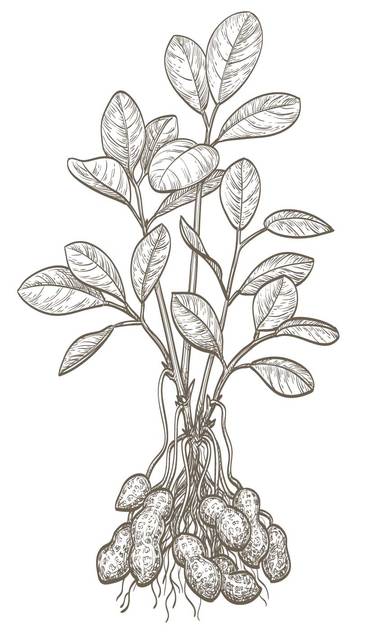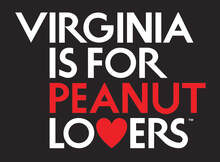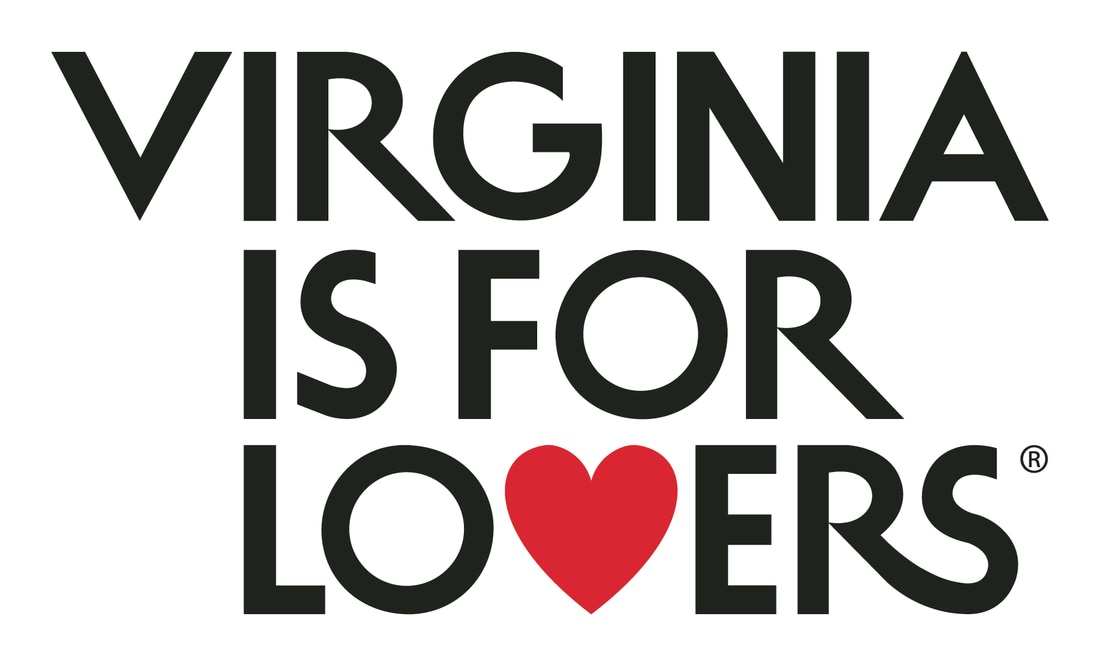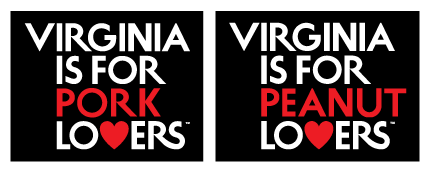Facts & Figures• The very first commercial peanut crop in Virginia was grown in Sussex County in the 1840’s.
• Virginia peanuts are typically produced in only a few counties in the southeastern part of the state. • The U.S. is the largest producer and consumer of peanut butter in the world. • The average peanut farm in the U.S. is 100 acres. • There are enough peanuts in one acre to make 30,000 peanut butter sandwiches. • It takes about 540 peanuts to make a 12-ounce jar of peanut butter. • Peanuts aren’t nuts; they’re legumes. It’s technically inaccurate to call it a nut, but it's usually refered to as one anyway. • Peanuts have more protein, niacin, folate and phytosterols than any other nut. • Peanuts and peanut butter contain over 30 essential nutrients and phytonutrients. • Peanuts are cholesterol-free and an ideal source of protein. • The average American consumes around 6 or 7 pounds of peanut butter every year. • The average child will eat 1,500 peanut butter and jelly sandwiches before graduating from high school. • Two peanut farmers have been elected president – Thomas Jefferson and Jimmy Carter. • Astronaut Alan Shepard brought a peanut with him to the moon. By Jennifer Williams, Director of the Isle of Wight County Museum |
The Language of PeanutsGoober—a nickname for peanuts—comes from nguba, the Congo language name for peanut.
The Peanut Gallery - This term became popular in the late 19th century and referred to the rear or uppermost seats in a theater, which were also the cheapest seats. People seated in such a gallery were able to throw peanuts, a common food at theaters, at those seated below them. It also applied to the first row of seats in a movie theater, for the occupants of those seats could throw peanuts at the stage, stating their displeasure with the performance. By Jennifer Williams, Director of the Isle of Wight County Museum More peanut facts can be found on the Virginia Carolina’s Peanut Promotions website.
|






